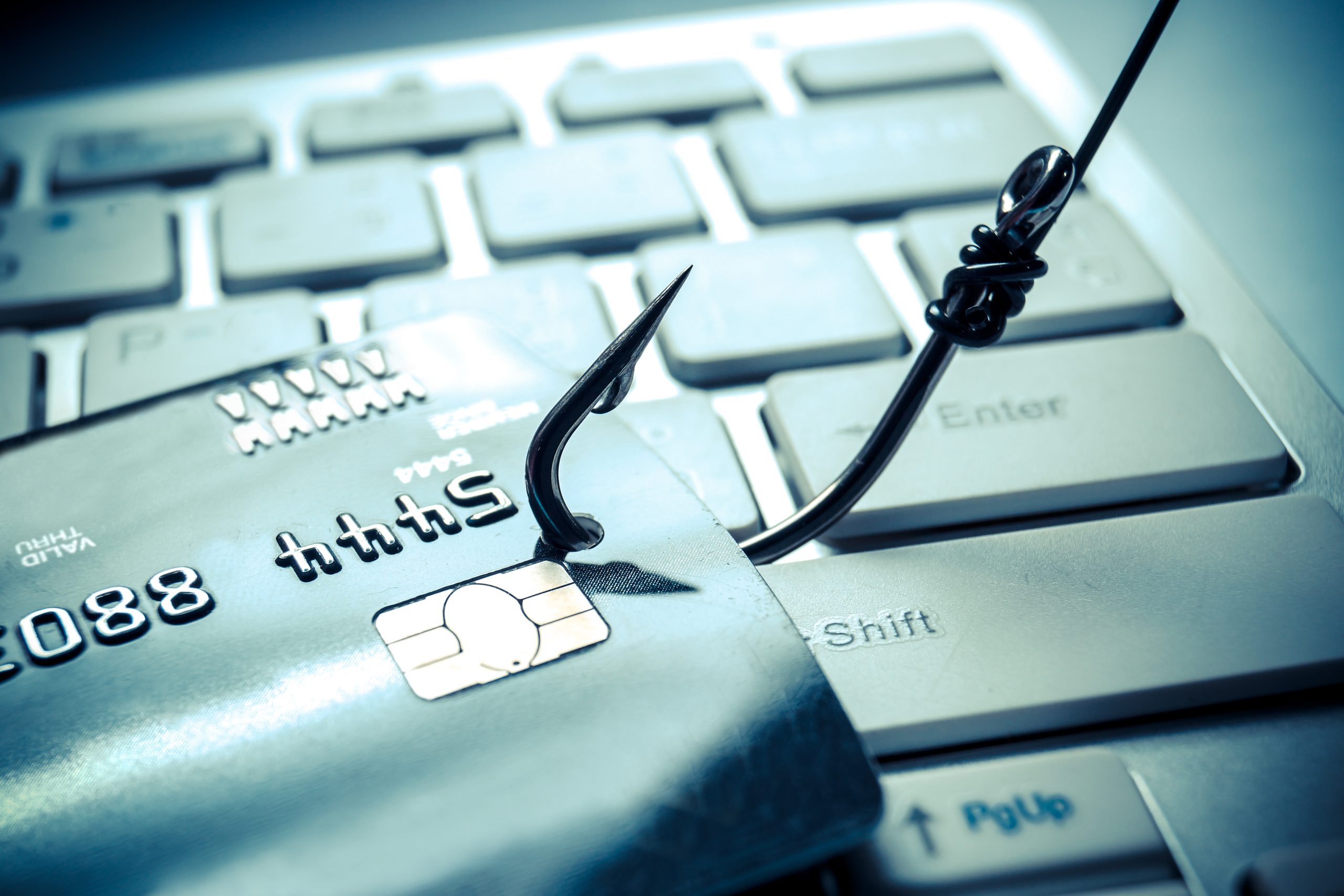4 Reasons Phishing Is Becoming More Frequent

Phishing attacks are counterfeit communications that appear to come from a trustworthy source but which can compromise all types of data sources. These attacks are used to obtain sensitive information such as login credentials or payment details. Normally an attacker will pose as a trusted source duping a victim into clicking on a malicious link or downloading a spam file being sent through email, text message, phone or social media. If you fall into this trap, you could end up with malware, system slowdowns and sensitive data loss.
The term phishing is one of the most reviled in today’s digital landscape and is a significant concern for executives. It’s no surprise that the word is frowned upon when the attack vector is responsible for more than 20% of data breaches. A company that falls victim to such an attack could suffer severe financial losses as well as a loss of market share, reputation and stakeholder trust.
An unfortunate reality regarding phishing is that the attackers are becoming more sophisticated and frequent with each passing day.
Four reasons Phishing is becoming more frequent:
1. Remote/hybrid Workforce
Over the last year and a half, a significant number of organizations had to transition to remote/hybrid work models. While the switch allowed operations to continue without interruption, the scattered workforce and mobile endpoints brought their own set of challenges. One of the main problems was vulnerabilities becoming more visible to hackers, who quickly exploited them through phishing attacks.
2. Organizational Oversights
Many businesses, in efforts to stay afloat amid the global crisis, completely disregarded cybersecurity. This included decreased spending on security posture and a lack of employee training. These mistakes opened the door for cybercriminals.
3. Constantly Evolving Cybercriminals
Keep in mind that hackers constantly strive to uncover and exploit even the tiniest flaws in your business. They’re constantly shifting their strategy, so you’re practically defending against a moving attacker. A recent strategy is targeting businesses through the website contact form, pretending to be legal authorities stating your company isn’t complying with the law and demanding you to download a “report.”
4. Cheap Phishing Tools
Several low-cost phishing tools are available on the dark web, allowing even non-technical people to become hackers.
How can businesses stay safe?
To avoid falling victim to phishing, small and midsize businesses (SMBs) must be constantly vigilant. Keeping your business safe is a full-time job. The following are some recommendations to help keep your business safe:
- Facilitate regular security awareness training to ensure that everyone is on the same page and that employees strictly adhere to relevant security requirements.
- Ensure that your IT infrastructure is up to date so that hackers cannot exploit unpatched/non-updated systems.
- Enforce strong password policies and create a system that prohibits anyone from evading them.
- Try and isolate vital infrastructure components as much as possible, so that everything doesn’t collapse like a house of cards after a breach.
- Conduct mock phishing drills to get data on your employees’ degree of alertness.
- Deploy an automated phishing detection solution that is powered by artificial intelligence.
Trying to guard against phishing on your own takes a lot of effort and resources, especially if you’re running a business.
Collaborating with an IT Management team like Catalyst IT can relieve you of additional concern and responsibilities. Contact Catalyst IT today at 877-843-9611 or go to our Contact Us page to set up a FREE consultation so we can handle the heavy lifting for you.
Catalyst IT, Your “Proactive Approach to IT Management”


